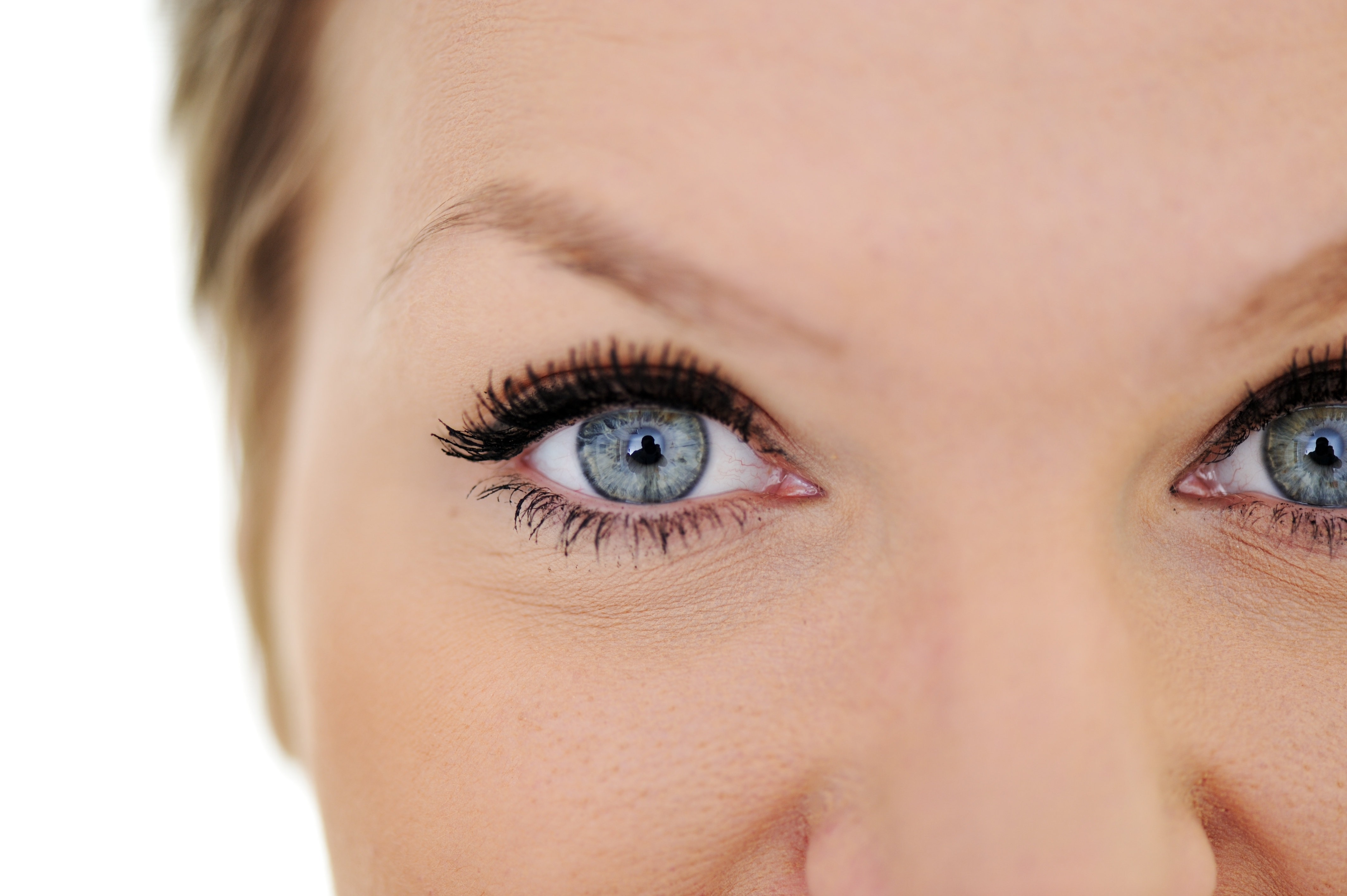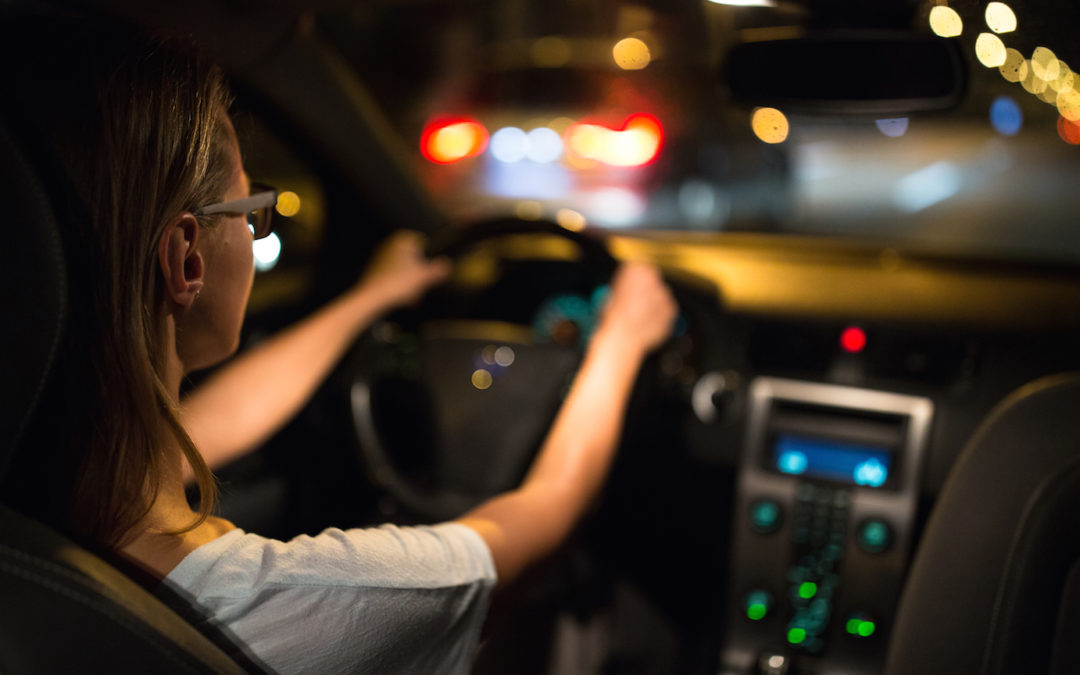Life in Montana is never boring. That’s true during the day and, most certainly, as we are driving at night down a darkened road in a heightened state of vigilance. Who among us hasn’t wondered if the flash we just saw was the reflection of an animal’s eyes? We’ve probably all edged our foot just a little closer to the brake thinking a deer was sure to jump out in front of us any moment—and wishing we could see just a little further than the headlights allow.
But have you ever wondered why is it’s so much more difficult to see while driving at night?

Let’s talk about how the eye works. As you probably know, our pupils shrink in bright light. This action controls the amount of light entering the eye, giving the light a laser straight path to the retina. This delivers a clear, focused image for our brains to process. Our eyes also have cone-shaped photoreceptors that perk up, ensuring we see vivid colors, sharp images and more detail.
On the flip side, our pupils grow larger as light dims and a different set of our anatomy goes to work. Larger pupils mean more light can be absorbed, and that light can come in from a variety of angles. Although it sounds like a good thing (and it is!) this response actually makes it harder to focus and see well. Another problem is that a different set of photoreceptors—called rods—get the job of helping us understand what we see.
Unlike cones, the rod photoreceptors in our eyes don’t see as sharply. They also don’t register color at all. Since we can’t distinguish one hue from another, we can’t see as clearly.
There are some things you can do to make driving at night a little easier on your eyes, including:
• Check the alignment of your headlights and make sure they’re clean so your beams shine brightly on the road ahead
• Dim your dashboard lights while driving at night
• Clean the windshield both inside and out
• Look away from oncoming lights, whether from cars or street lamps
• Drive at slower speeds to compensate for reduced visibility and allow a longer stopping time
• If you wear glasses, make sure that they have an anti-reflective lenses
If you suffer from night blindness, an adjustment of your diet may help as well.
Studies have shown that that Vitamin A deficiency can make it hard to see in the dark. Increasing your consumption of foods that are Vitamin A-rich, like sweet potatoes, leafy greens, fish and dried apricots can help to improve overall eye health.
Keep in mind that as we age, it becomes more difficult for all of us to see in low light, and driving at night does become more of a concern. While some loss is expected, we encourage patients who notice a significant difference between your day and night vision, to schedule an eye exam. Dry eye can often exacerbate problems with driving at night, as can nearsightedness, which especially impacts vision at twilight. Halos or glare around lights can signal other concerns that we as optometrists need to know about so we can help you see your best.







